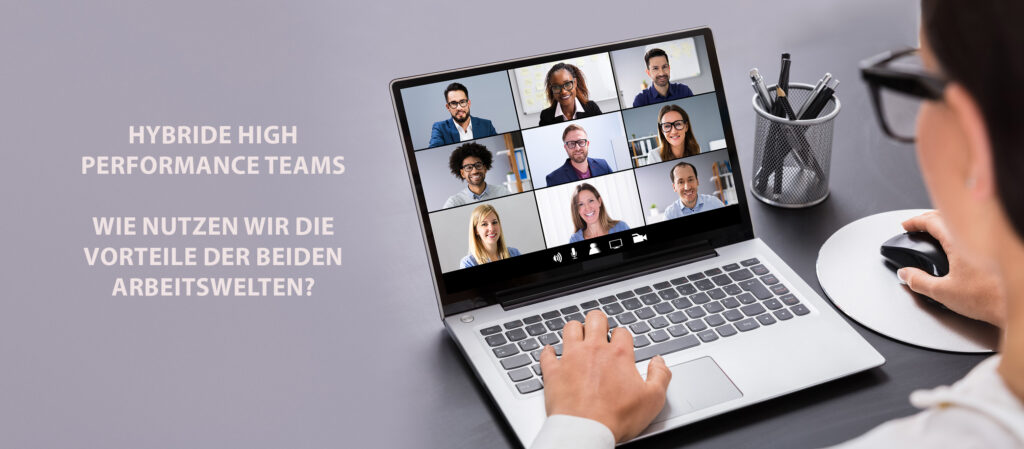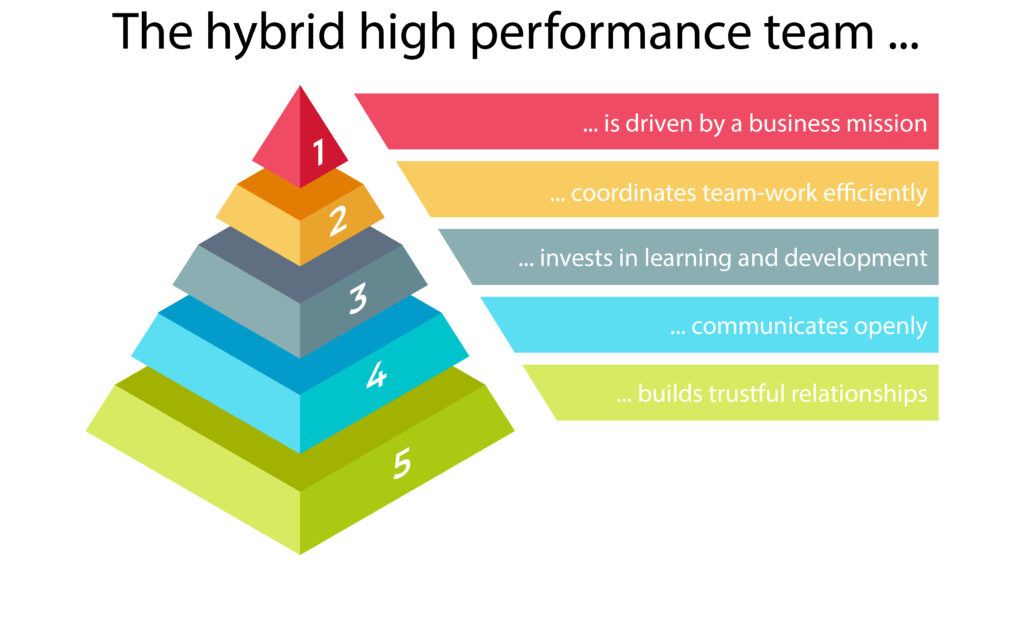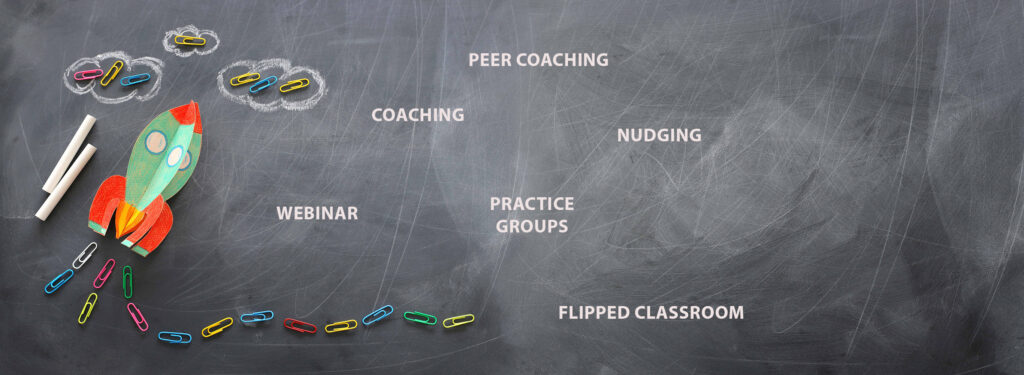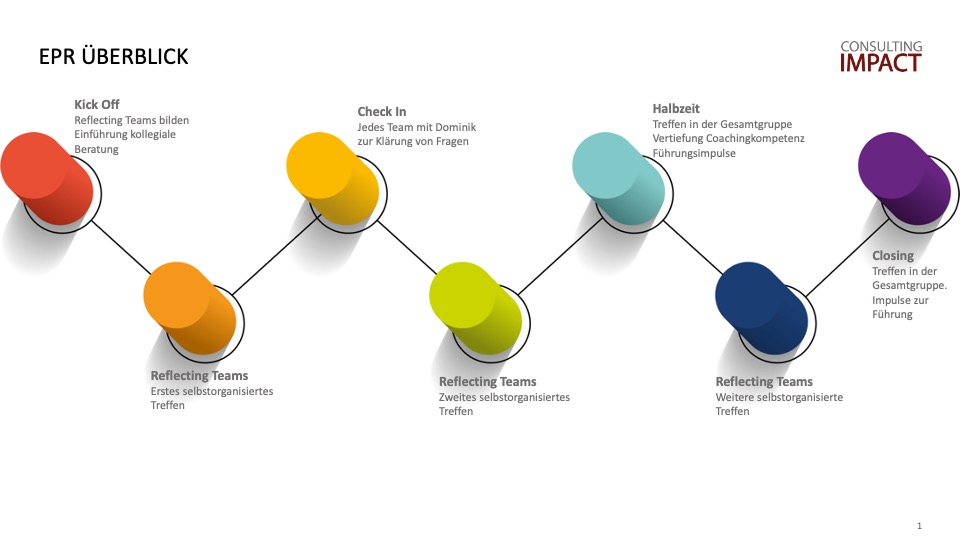
10 YEARS
CONSULTING IMPACT
In 2013, a handful of people decided to found a company from a loose association of like-minded consultants. The reason for this was and still is our motivation to accompany and support companies in their transformation. This works better in a permanent team, because transformation requires common values, clear principles of success and goal-oriented methods.
In the past ten years we have been able to accompany many people in companies in their change processes and learn together with them: How can agile methods become the new standard repertoire? How does self-organization succeed? How does New Work actually work? How are we all becoming more digital year after year? How do we remain a community despite all individual flexibility? Co-creation is and will remain an integral part of the way we work. We use proven approaches, but do not prescribe generic recipes. We go beyond PowerPoint change and develop the change together with the people in the company.
Our principles have remained stable: we see ourselves as partners of our clients and everyone at Consulting Impact works together in a spirit of partnership – regardless of role and experience. Impact is in our company name because we want to make a real, measurable difference in the work we do with our clients. That’s how all of us at Consulting Impact measure up. We live innovation, because the world of work can be shaped now. Internationality is something that distinguishes us and gives us satisfaction. If we can build bridges between people of different cultures, we have made a small contribution.
In 2023, 30 women and men work with Consulting Impact. We are all very different in terms of our experience, our backgrounds and our lifestyles. And that is a good thing. We all share the joy of working with people and making an impact on the business.
The past ten years have been turbulent with personal ups and downs, a lot of growth and development, a pandemic, a war in Europe and a global energy crisis. We do not hope for further crises, but we assume that it will remain turbulent. And we are determined to continue to help shape the world of work.











